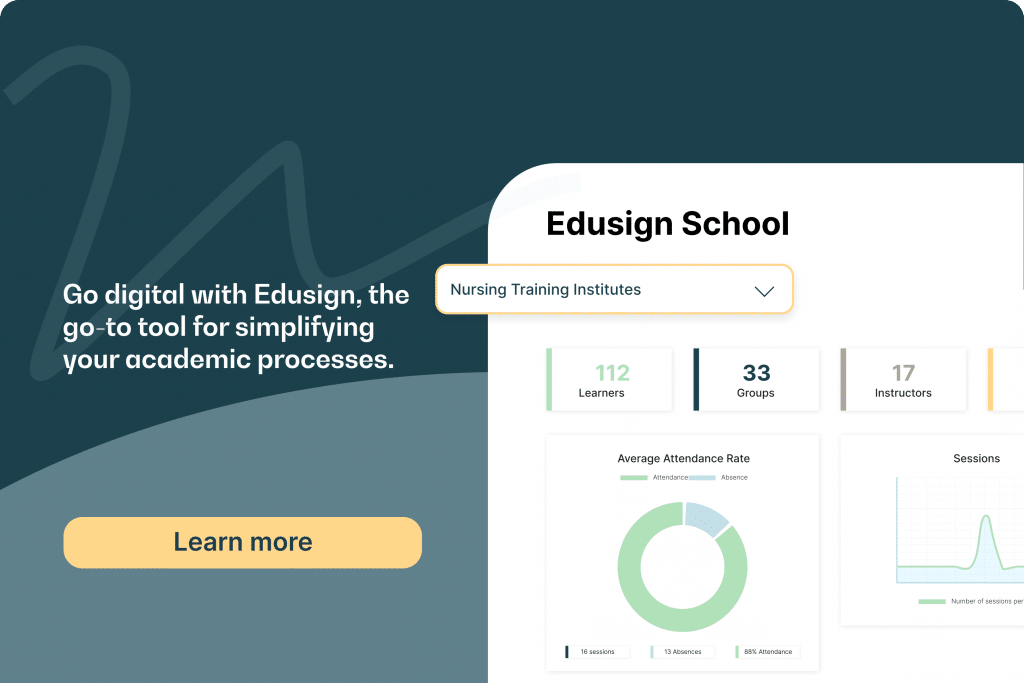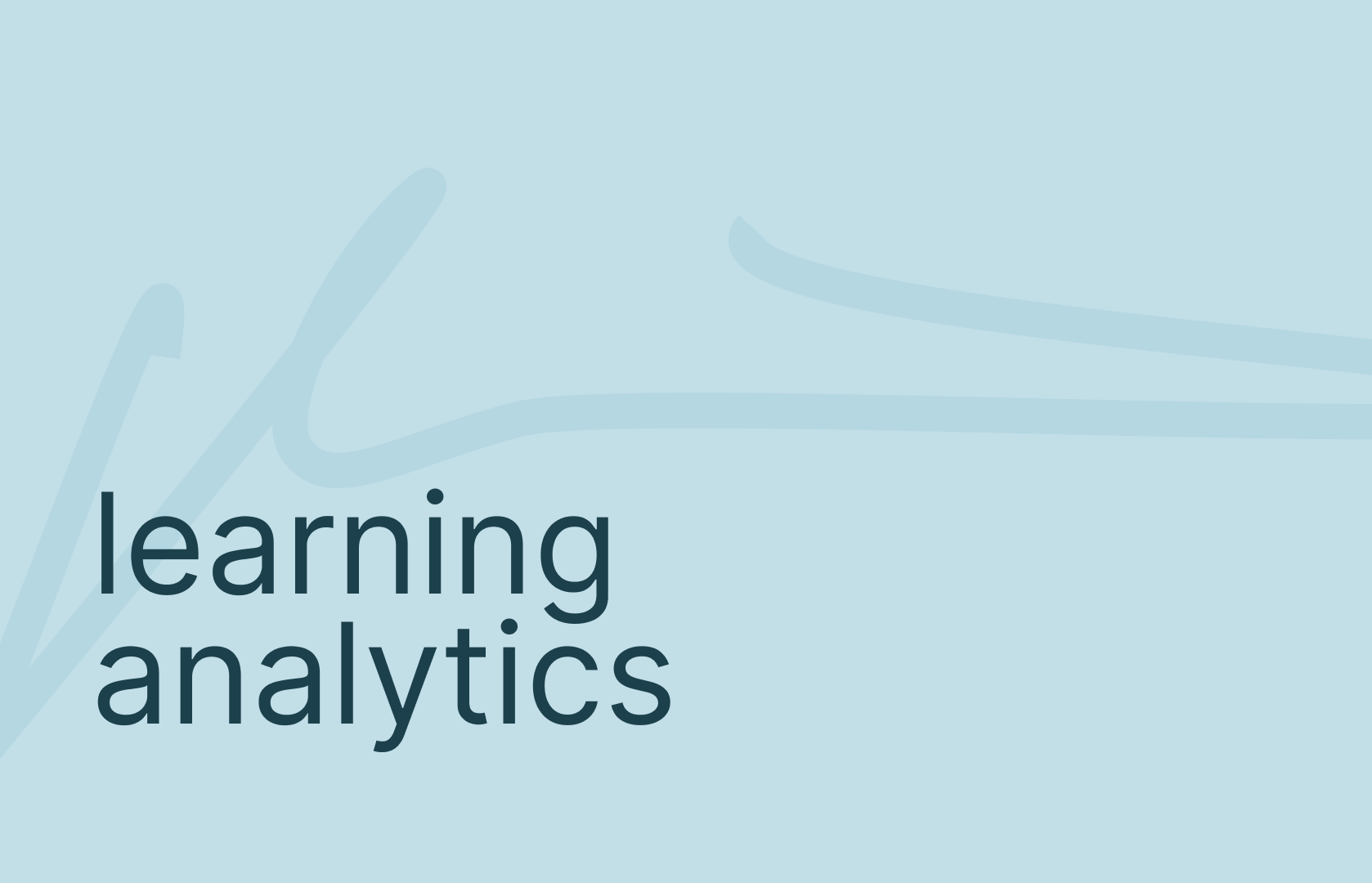What are learning analytics?
Learning analytics refers to the processes of collecting, measuring, analyzing, and visualizing data related to learners, their behaviors, and their performance. The goal is clear: to better understand learning mechanisms in order to improve teaching methods, adapt content, and optimize learning paths.
Originating from the intersection of data science, artificial intelligence, and educational technologies, these analyses make it possible to make decisions based on concrete data. Today, they are part of a broader strategy for the digital transformation of education and training.

Why are learning analytics increasingly used in training?
The rise of digital learning, online courses, and LMS platforms has multiplied digital interactions. These learning traces provide valuable insights: time spent on a module, completion rate, quiz results, social interactions in a forum, and more.
Learning analytics enable trainers to personalize learning paths, identify obstacles, measure engagement, and even prevent dropout. For learners, this means training that is better tailored to their needs, with improved tracking, optimized progression, and higher success rates.
What types of data are collected and analyzed?
In learning analytics, the variety of data collected is both an asset and a challenge. These data are primarily generated through learner interactions with digital learning tools. They are aggregated, analyzed, and transformed into meaningful indicators for pedagogical improvement.
The main categories include:
- Behavioral data: actions performed by learners on a platform (clicks, scrolling, downloads, time spent viewing content). These provide insight into engagement and consistency.
- Progress data: results from quizzes, assessments, assignments, or online exams. This allows tracking of performance evolution, module by module.
- Navigation data: how learners move through content, which modules are prioritized, and which are skipped.
- Social data: in collaborative environments, interactions in forums, chats, or comments are analyzed to understand participation levels and detect potential dropouts.
- Self-reported data: from satisfaction surveys or self-assessments, adding a qualitative dimension to complement quantitative observations.
Data collection must strictly comply with privacy and data protection regulations (such as GDPR), with transparency toward learners.
How are learning analytics transforming pedagogy?
Learning analytics are changing how we design, deliver, and evaluate training. They enable educators to shift from a one-size-fits-all model to a differentiated, adaptive approach.
Key impacts include:
- Adaptive pedagogy: using real-time data analysis to offer content and exercises tailored to each learner’s level, pace, and preferences. This ensures learning paths match actual needs rather than assumed profiles.
- Better learner support: data highlights learners who are struggling, disengaging, or performing unusually well, allowing timely and targeted interventions such as coaching, additional resources, or one-on-one meetings.
- Continuous content improvement: analyzing course sections with high error rates or low engagement helps instructional designers identify weaknesses and update materials.
- Strategic training management: training managers can use analytics to monitor global indicators such as completion rates, average training time, and score trends—helping to measure program effectiveness, prioritize improvements, and showcase results to stakeholders.
Beyond the numbers, learning analytics foster a culture of constructive feedback. Learners benefit from dashboards or progress reports that help them understand their strengths, identify areas for improvement, and take an active role in their own learning.
What are the limitations and ethical issues?
While the benefits are significant, learning analytics raise important questions. Large-scale data collection must respect user privacy. Learners must be informed about why their data is collected, give their consent, and have their information secured.
Another major challenge is data interpretation. Poorly analyzed data can lead to misguided pedagogical decisions. Educators must be trained in analytics use and foster a culture of data-informed decision-making, without falling into dehumanized automation.

What tools can be used to implement learning analytics?
- LMS platforms with built-in analytics dashboards
- Advanced tools such as predictive analytics systems or data visualization software (Power BI, Tableau, etc.)
- Open-source initiatives and academic projects (e.g., LAK, International Journal of Learning Analytics)
Examples of practical applications in training
- Tracking completion rates: identifying which modules are completed or abandoned.
- Evaluating content quality: spotting underused resources or those with high error rates.
- Measuring engagement: frequency of logins, social interactions, time spent learning.
- Guidance and orientation: directing learners toward the most relevant content or pathways.
In corporate training, learning analytics can also be used to manage training plans, assess training ROI, and identify skill gaps for each employee.
Integrating learning analytics into your training with Edusign
In professional training, data usage is not limited to LMS platforms—it can also apply to attendance tracking, feedback collection, and administrative follow-up.
Edusign offers features that allow you to:
- Analyze attendance via electronic sign-in sheets and attendance reports.
- Gather qualitative data through automated satisfaction surveys.
- Combine pedagogical and administrative indicators for a complete view of training performance.
- Easily export and visualize data to optimize actions and showcase results to funding bodies.
💡 By combining learning analytics from your educational content with those provided by Edusign, you get end-to-end management of your training—from real-time monitoring to continuous improvement.

Looking ahead: the potential for tomorrow’s pedagogy
Learning analytics continue to evolve with artificial intelligence, natural language processing, and adaptive interfaces. Tomorrow’s training platforms will be capable of delivering fully personalized learning paths, automatically detecting difficulties, and suggesting alternative content.
As long as ethical safeguards remain in place and people stay at the center of the learning process, data has the potential to transform pedagogy for the long term.





